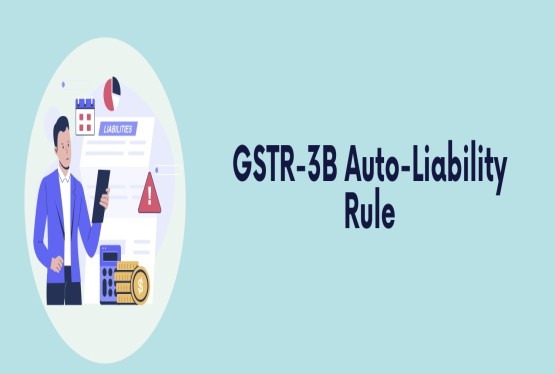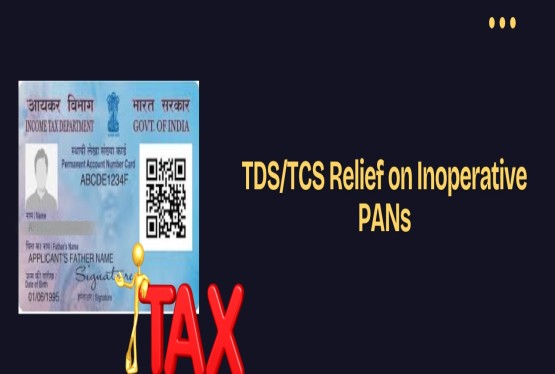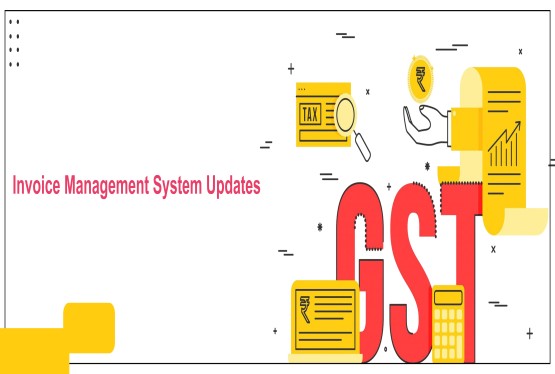The Goods and Services Tax (GST) is an indirect tax implemented in India in 2017 to streamline the tax system and prevent the cascading impact of taxes. The introduction of GST had a tremendous influence on India's e-commerce business. In this essay, we will look at the impact of GST on the e-commerce industry. Previously, indirect taxation was classified into many taxing types based on the nature of the transaction. The sale of retail and wholesale items was subject to sales tax. The manufacture of goods was subject to excise duty. Importation of products resulted in costume duty.
In addition, the provision of services was subject to service tax. This simple approach of having multiple taxes for different types of transactions had produced a lot of confusion, especially for organizations that carried out many activities were subject to the requirements and regulations of several separate taxes, putting a significant pressure on the company's time and resources only to manage compliances. The Goods and Services Tax was implemented to streamline this taxation structure, and it is an umbrella tax on the sale of any goods and services of any kind. Any commercial activity will be subject exclusively to GST, and all compliances have been unified under the requirements of a single tax, the GST.
However, the implementation of this system is fraught with difficulties from multiple angles. The first priority is to get the taxpayer and their accountants used to When it comes to paying taxes and submitting returns, you must become acquainted with the new system, new regulations, and new interfaces. There are new tax rates that fall into various categories. Then there's the federal structure, in which the central and state governments must collaborate to implement it across the country, which isn't always easy. Finally, new hybrid and innovative business models are emerging, making it difficult for authorities and taxpayers to understand how the system will accommodate them.
E- commerce industry
E-commerce has become a hugely profitable industry. However, there are numerous indications when given their hybrid way of operation, e-commerce platforms integrate into conventional business formats. It is unclear whether the platform is a seller or a service provider. There are uncertainties about who is in charge of collecting taxes. In this essay, we will look at the impact of GST on the e-commerce industry.
Impact of GST on the e-commerce industry
1. It includes increased compliance burden, one of the most significant effects of GST on the e-commerce industry is an increased compliance burden. E-commerce enterprises must comply with GST Registration laws, including registering, filing returns, and collecting and remitting GST on behalf of sellers. The rising regulatory burden has resulted in greater expenses for e-commerce platforms fitting into the traditional format of business given the hybrid model of their operations. There is less clarity on whether the platform is a seller or a service provider. And who is accountable for the collection of taxes.
2. Uniform Taxation Structure: The implementation of GST has resulted in a consistent tax structure throughout the country, which has benefited e-commerce businesses. Previously, several states had varied tax rates, making it difficult for e-commerce enterprises to assess and collect taxes. The consistent tax structure has made it easier for e-commerce enterprises to operate across the country while also reducing the complexity of tax calculations.
3. GST has impacted SMEs who make sales on e-commerce platforms. SMEs selling using e-commerce platforms are required to register for GST and follow GST requirements. The compliance burden and higher costs have made it difficult for SMEs to operate in the e-commerce market.
4. Impact on Prices: GST's influence on e-commerce prices has been varied. While the implementation of GST has reduced the pricing of some goods, the prices of others have risen due to the increased compliance burden and costs for e-commerce businesses. The impact on costs varies according to the goods and e-commerce company.
5. Impact on logistics: GST implementation has had a huge influence on logistics in the e-commerce business. Previously, e-commerce enterprises had to operate warehouses in multiple jurisdictions to avoid interstate taxes. With the implementation of GST, e-commerce enterprises can keep consolidated warehouses, resulting in lower logistical costs and increased efficiency.Guidelines for Ecommerce operators
1. Pan-India registration: An ecommerce business must register with both the central government and the state governments in the states where its suppliers are situated. This makes it difficult for existing operators to transition to GST, as the registration process is complicated and lengthy.
2. Ecommerce businesses are ineligible for the threshold limit that is now offered to other enterprises. Regardless of their annual turnover, registration is required, particularly if they collect tax at the source and must pay GST.
3. The ecommerce operator will be required to file a unique sort of report known as the GSTR-8, which will include information on the tax collected from their suppliers' sales. Aside side from that, they must file their monthly returns (GSTR-1 and GSTR-2) and annual returns (GSTR-9).
Other Types of E-commerce
Aside from the marketplace model, there are two further ecommerce business models to consider:
1.The inventory model involves a manufacturing company setting up its own inventory and website to sell its products to customers. Unlike the marketplace approach, these enterprises do not work with small suppliers.
2. Aggregator model, organizations collaborate with several suppliers to provide a service. A basic example would be cab aggregators, which work with drivers to provide taxi service.
Businesses operating under the aggregator model will not be eligible for the threshold exemption. However, they must register for GST regardless of the value of their supplies.
FAQs
Q1. What is the main impact of GST on e-commerce businesses?
Ans. GST has expedited the taxes process by establishing a consistent tax system throughout the country. However, it has enhanced e-commerce platform compliance obligations, such as mandatory registration, regular return filing, and accountability for collecting and remitting GST on behalf of merchants.
Q2. How has GST affected the price of goods on e-commerce platforms?
Ans. The effect of GST on pricing is varied. GST has cut the cost of various goods by eliminating cascading taxes. Others, however, have seen price increases as a result of higher compliance expenses and administrative constraints.
Q3. What are the primary GST compliance requirements for e-commerce operators?
Ans. E-commerce operators must- a. Register for GST regardless of your turnover. b. Submit monthly returns (GSTR-1, GSTR-2) and annual returns (GSTR-9). c. Submit GSTR-8, which details the tax collected from suppliers' sales. d. Comply with the Tax Collected at Source (TCS) provisions.
Q4. Does GST improve logistics in the e-commerce sector?
Ans. Yes, GST improves logistics by enabling e-commerce companies to consolidate warehouses. This removes the need for multiple state-based warehouses, lowers logistics costs, and increases operational efficiency.
Q5. What are the GST implications for SMEs who sell through e-commerce platforms?
Ans. Regardless of their annual sales, SMEs must register for GST and comply with the regulations. This has resulted in higher compliance requirements and operational expenditures.








_crop10_thumb.jpg)

















































































_for_FY_2025-26_crop10_thumb.jpg)












_learn_crop10_thumb.jpg)








_Filing_Due_Dates_for_FY_2024-25_learn_crop10_thumb.jpeg)







































_of_GST_Act_learn_crop10_thumb.jpg)










_Under_GST_learn_crop10_thumb.jpg)









_crop10_thumb.jpg)


_crop10_thumb.jpg)






_learn_crop10_thumb.jpg)






















_of_the_Income_Tax_Act_learn_crop10_thumb.jpg)



_learn_crop10_thumb.jpg)






_learn_crop10_thumb.jpg)






_crop10_thumb.jpg)




















_in_The_Income_Tax_Act,_1961_learn_crop10_thumb.jpg)



_learn_crop10_thumb.jpg)



_of_the_Income_Tax_Act_learn_crop10_thumb.jpg)


_Of_Income_Tax_Act_learn_crop10_thumb.jpg)








_learn_crop10_thumb.jpg)








_learn_crop10_thumb.jpg)
_crop10_thumb.jpg)






















_learn_crop10_thumb.jpg)
_for_Import_and_Export_learn_crop10_thumb.jpg)



























